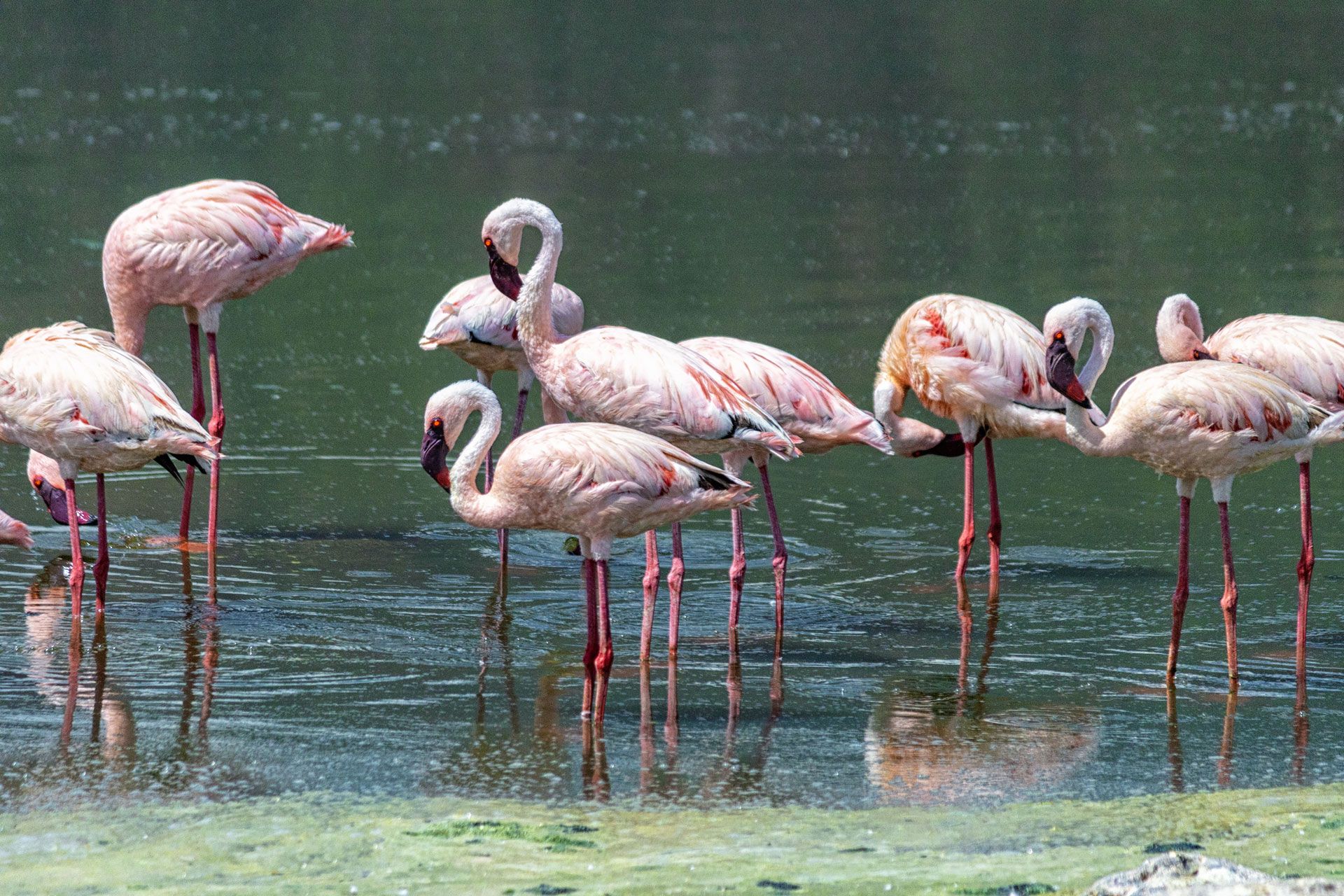
Birdwatching in Kenya: Top Spots for Avian Enthusiasts
5 min readKenya stands as one of Africa's premier birdwatching destinations, boasting over 1,100 recorded bird species across its diverse ecosystems. From the iconic flamingo spectacles of the Rift Valley lakes to the endemic species of the montane forests, Kenya offers unparalleled opportunities for both novice and experienced birders. The country's strategic location along the Great Rift Valley creates a natural flyway for millions of migratory birds, while its varied habitats support an incredible array of resident species.
Top spots for avian enthusiasts in Kenya
- Lake Nakuru National Park: The Pink Spectacle
- Maasai Mara National Reserve: Raptors and Grassland Species
- Lake Baringo: Freshwater Birding Paradise
- Samburu National Reserve: Arid-Land Specialists
- Kakamega Forest: Tropical Rainforest Endemics
- Mount Kenya National Park: Montane Specialists
- Tsavo National Parks: Desert and Savanna Birds
- Lake Naivasha: Freshwater Haven
- Planning Your Kenyan Birding Adventure
- Conservation and Responsible Birding
- Frequently Asked Questions
Lake Nakuru National Park: The Pink Spectacle
Lake Nakuru National Park remains synonymous with one of nature's most breathtaking displays – millions of lesser and greater flamingos creating a pink carpet across the alkaline lake's surface. While flamingo numbers fluctuate based on water levels and algae availability, the spectacle during peak seasons is unforgettable.
Beyond flamingos, the park hosts over 450 bird species. The acacia woodlands surrounding the lake provide habitat for African fish eagles, marabou storks, and yellow-billed storks. The park's diverse habitats, from grasslands to rocky escarpments, support species like the Nubian woodpecker, red-winged starling, and various weaver species. Early morning visits offer the best lighting for photography and peak bird activity.
Maasai Mara National Reserve: Raptors and Grassland Species
While famous for the Great Migration, the Maasai Mara excels as a birdwatching destination with over 570 recorded species. The vast grasslands create ideal hunting grounds for an impressive array of raptors, including secretary birds, tawny eagles, martial eagles, and the distinctive long-crested eagle.
The Mara River supports kingfishers, bee-eaters, and various waterbirds, while the scattered acacia trees host colorful species like lilac-breasted rollers, superb starlings, and red-and-yellow barbets. During migration season, European species join the resident birds, creating exceptional diversity. The best birdwatching occurs during early morning game drives when activity peaks.
Lake Baringo: Freshwater Birding Paradise
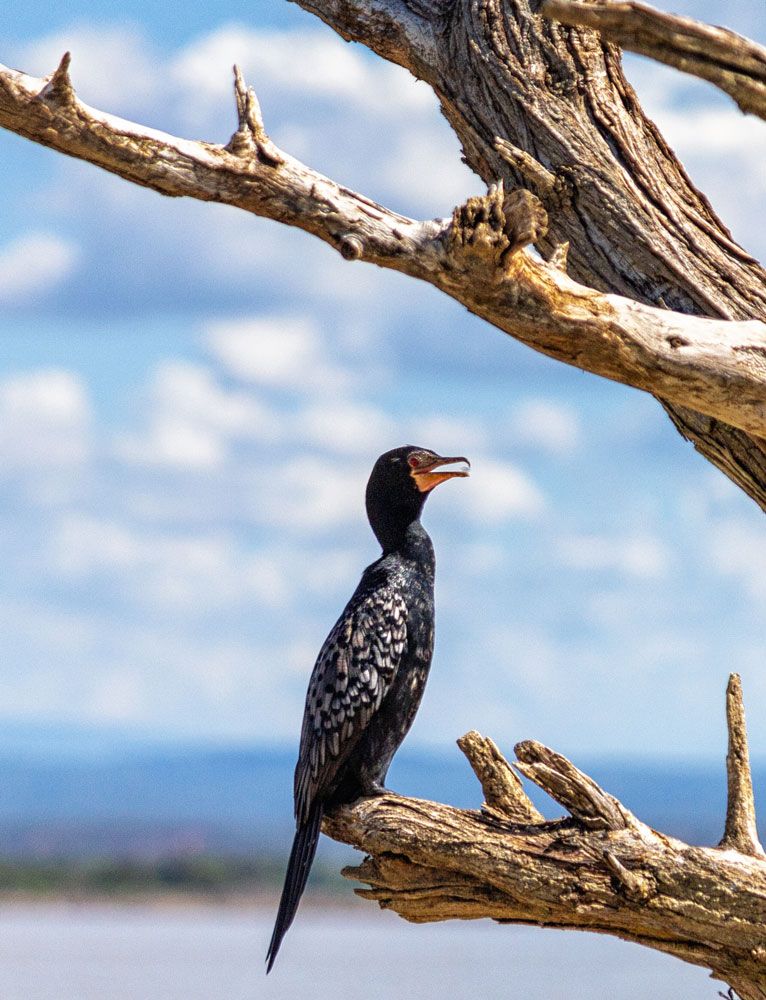
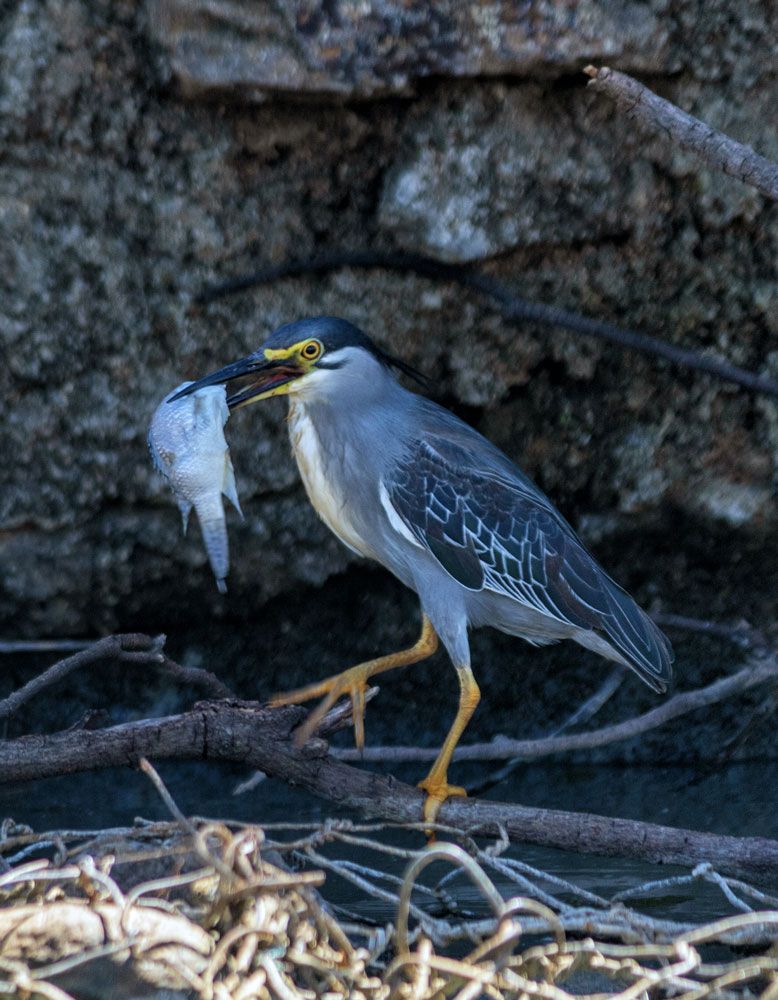
Lake Baringo offers a completely different birding experience as one of Kenya's few freshwater lakes. The lake supports over 470 bird species, including significant populations of fish eagles, goliath herons, and various kingfisher species. The surrounding acacia woodland and rocky cliffs provide habitat for specialized species like Hemprich's hornbill and Jackson's hornbill.
Boat trips on the lake provide close encounters with water birds and access to Ol Kokwe Island, known for its nesting colonies. The nearby Kesubo Swamp adds another dimension with species like the papyrus gonolek and various weaver colonies. Local guides possess invaluable knowledge of bird locations and behaviors.
Samburu National Reserve: Arid-Land Specialists
Samburu National Reserve showcases Kenya's arid-land birds, hosting species found nowhere else in the country. The distinctive dry country birds include the vulturine guineafowl, golden-breasted starling, and white-headed mousebird. The Ewaso Nyiro River creates a green corridor through the landscape, attracting water-dependent species and providing drinking opportunities for desert dwellers.
Notable species include the Somali bee-eater, golden pipit, and various fiscal shrikes. The diverse habitats from riverine forest to dry scrubland support over 450 species. The contrast between river-dependent and desert-adapted species makes Samburu particularly rewarding for birders seeking unique African species.
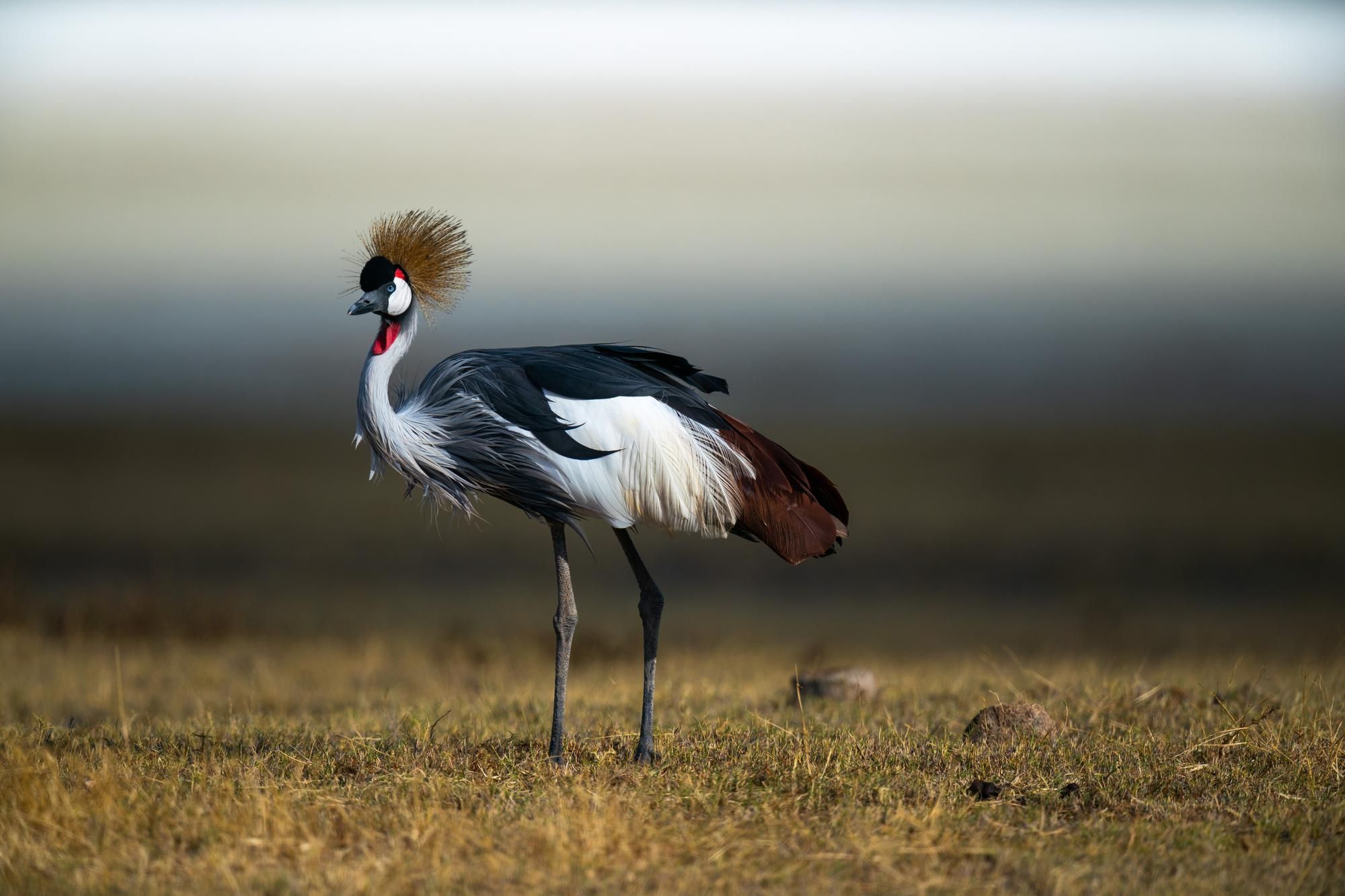
Kakamega Forest: Tropical Rainforest Endemics
Kakamega Forest represents Kenya's last remaining tropical rainforest and hosts numerous species found nowhere else in the country. This remnant of the ancient Guineo-Congolian forest supports over 350 species, including many forest specialists and West African species at their easternmost range.
Endemic and near-endemic species include Turner's eremomela, Chapin's flycatcher, and the elusive African grey parrot. The multi-layered forest canopy supports different bird communities at various levels, from ground-dwelling species like the white-spotted flufftail to canopy dwellers like various sunbird species. Guided walks with local experts prove essential for locating the more secretive forest species.
Mount Kenya National Park: Montane Specialists
Mount Kenya's varied altitudinal zones create distinct birding opportunities from bamboo forests to alpine moorlands. The mountain supports several endemic species, including Jackson's francolin, scarce swift, and Hunter's cisticola. The montane forests host species like Hartlaub's turaco, mountain buzzard, and various robin-chat species.
Higher elevations offer chances to see specialized species adapted to harsh alpine conditions. The changing vegetation zones provide different birding experiences within a single location. Clear weather is essential for mountain birding, making early morning starts crucial for success.
Tsavo National Parks: Desert and Savanna Birds
The vast Tsavo ecosystem encompasses diverse habitats from semi-desert to savanna grasslands. Tsavo East's open plains support ground-dwelling species like coursers, bustards, and various lark species. The seasonal rivers attract water-dependent species during the dry season.
Tsavo West's more varied topography includes the Mzima Springs, which support different bird communities in its clear waters and surrounding vegetation. The combination of both parks offers over 600 species, including many arid-land specialists and seasonal migrants.
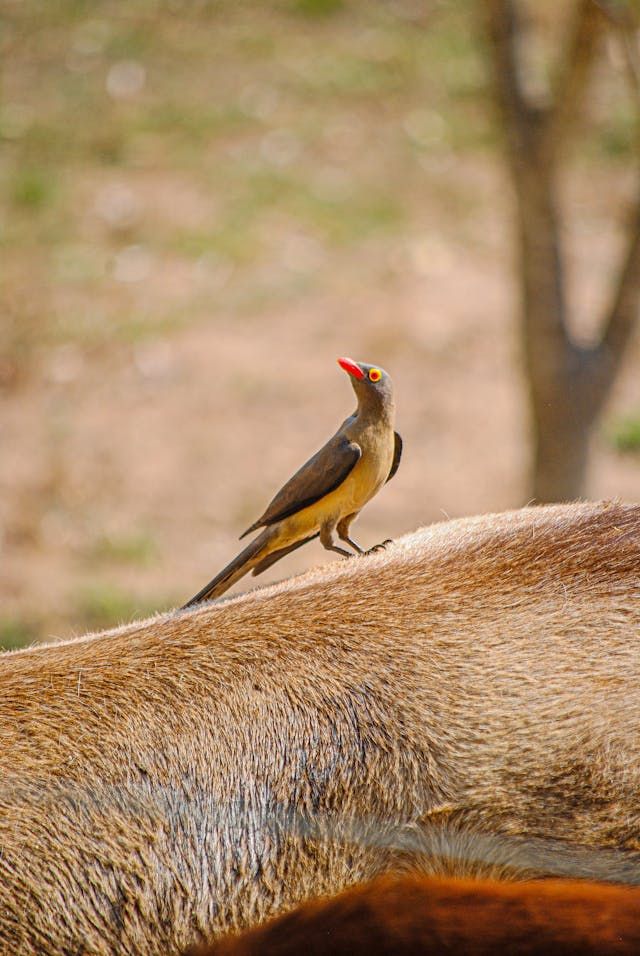
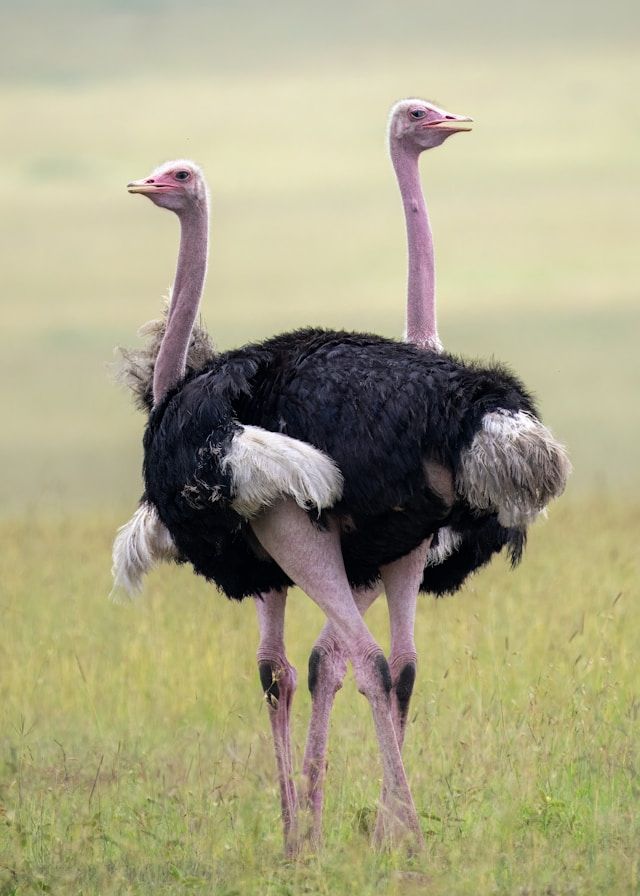
Lake Naivasha: Freshwater Haven
Lake Naivasha provides excellent freshwater birding opportunities with easy access from Nairobi. The lake supports large populations of hippos, which create unique microhabitats that benefit various bird species. Great white pelicans, cormorants, and various duck species thrive in the lake's fish-rich waters.
The surrounding acacia forests and papyrus swamps add habitat diversity. Crescent Island offers walking opportunities among wildlife, while boat trips provide access to different sections of the lake. The nearby Hell's Gate National Park adds cliff-dwelling species to the area's bird list.
Planning Your Kenyan Birding Adventure
The best birding months in Kenya typically fall during the dry seasons (June to October and December to March) when birds concentrate around water sources and vegetation is less dense. However, the wet seasons bring breeding plumage, nesting activity, and the arrival of Palearctic migrants.
Essential equipment includes quality binoculars, a comprehensive field guide to East African birds, and appropriate clothing for varied climates. Many locations benefit from local guides who possess intimate knowledge of bird behaviors and locations. Photography equipment should account for varying light conditions from forest shade to bright savanna sun.
Kenya's birding infrastructure includes numerous specialized lodges and camps catering to birding enthusiasts. Many offer expert guides and tailored birding itineraries. Combining multiple habitats in a single trip maximizes species diversity and provides a comprehensive Kenyan birding experience.
Conservation and Responsible Birding
Kenya's birds face various conservation challenges, from habitat loss to climate change impacts. Responsible birding practices include maintaining appropriate distances from nests, minimizing disturbance to feeding birds, and supporting conservation-minded lodges and guides.
Many birding destinations contribute directly to local conservation efforts through park fees and community conservancies. Participating in citizen science projects like eBird helps contribute valuable data for bird conservation efforts throughout Kenya.
Kenya's incredible avian diversity, combined with its well-developed tourism infrastructure, makes it an ideal destination for birders of all experience levels. Whether seeking the spectacle of millions of flamingos, the challenge of forest endemics, or the diversity of savanna species, Kenya delivers unforgettable birding experiences that showcase Africa's natural heritage at its finest.